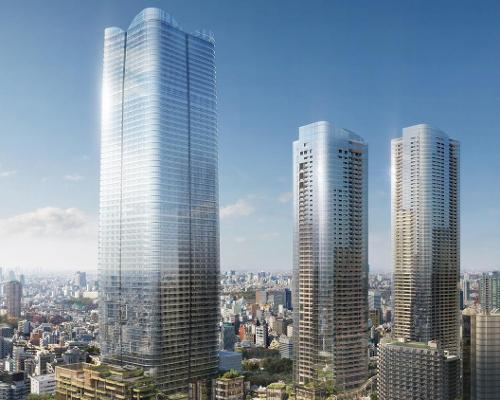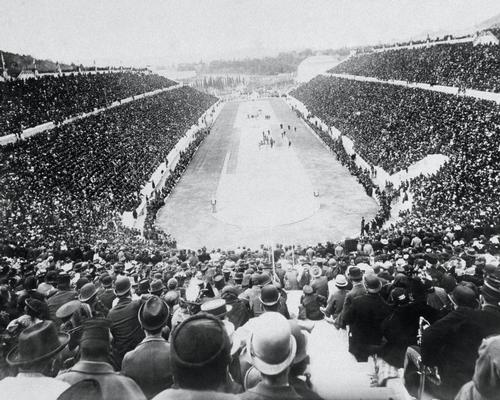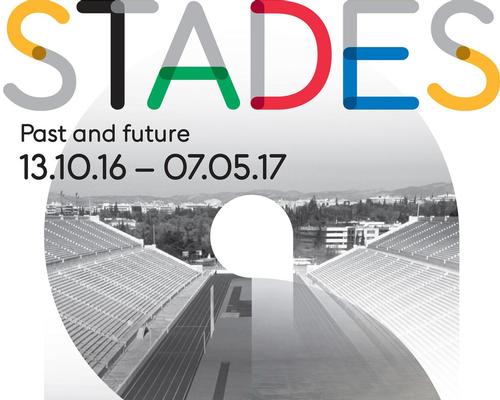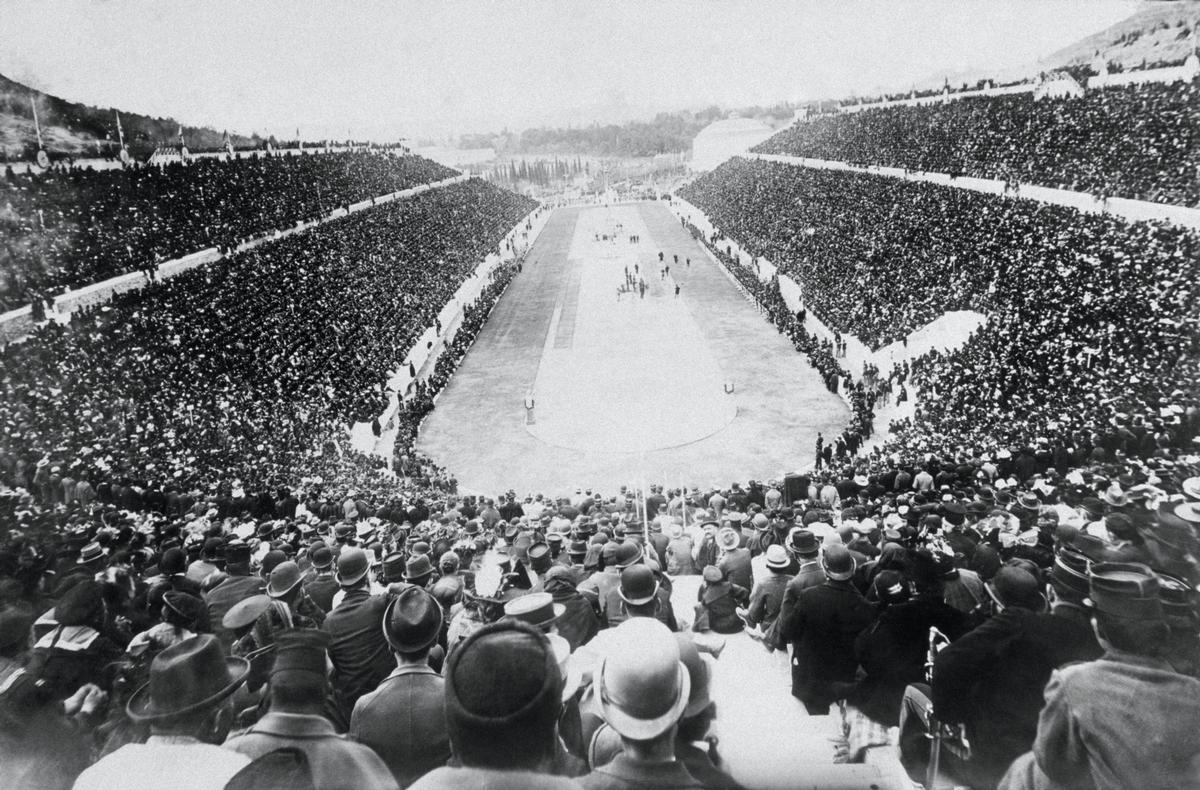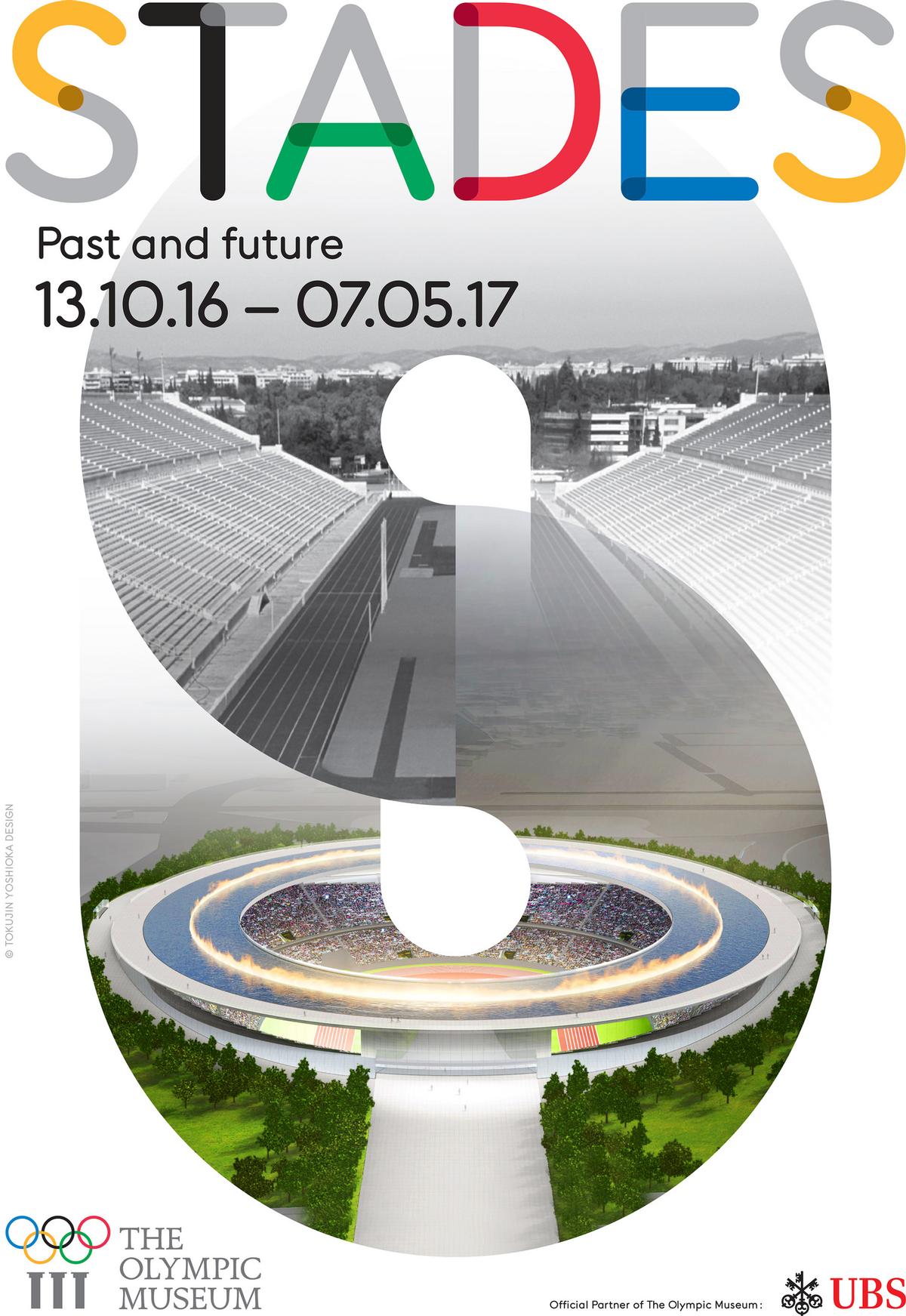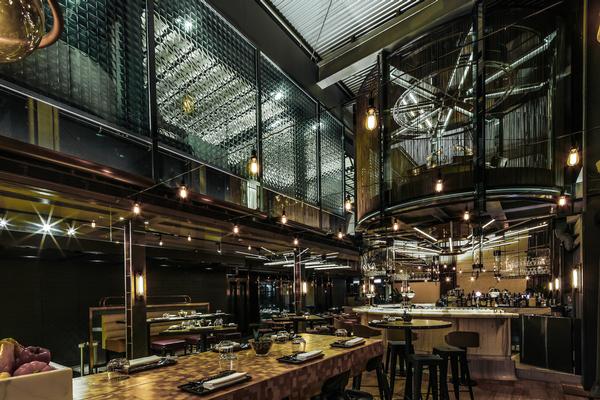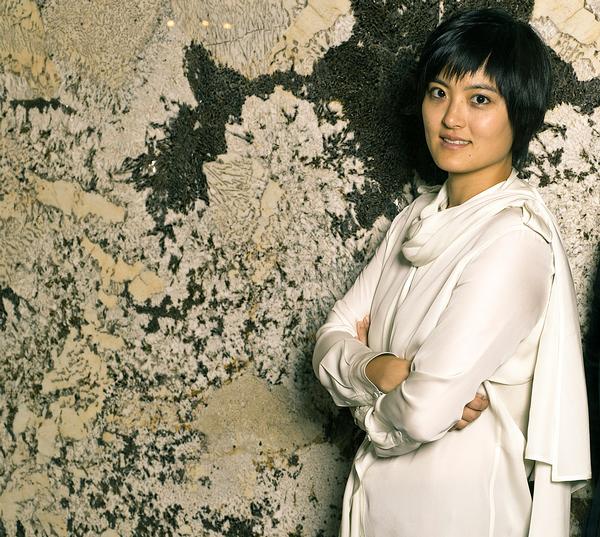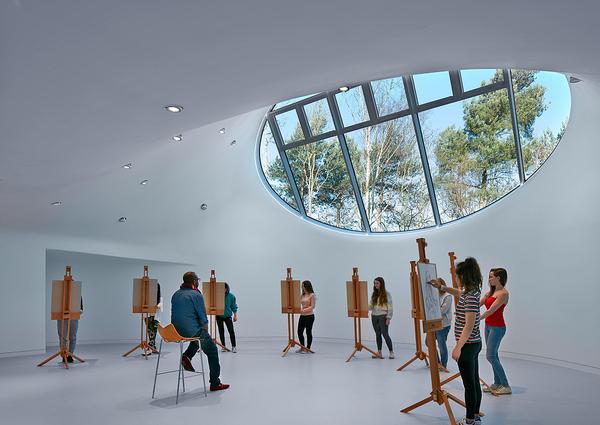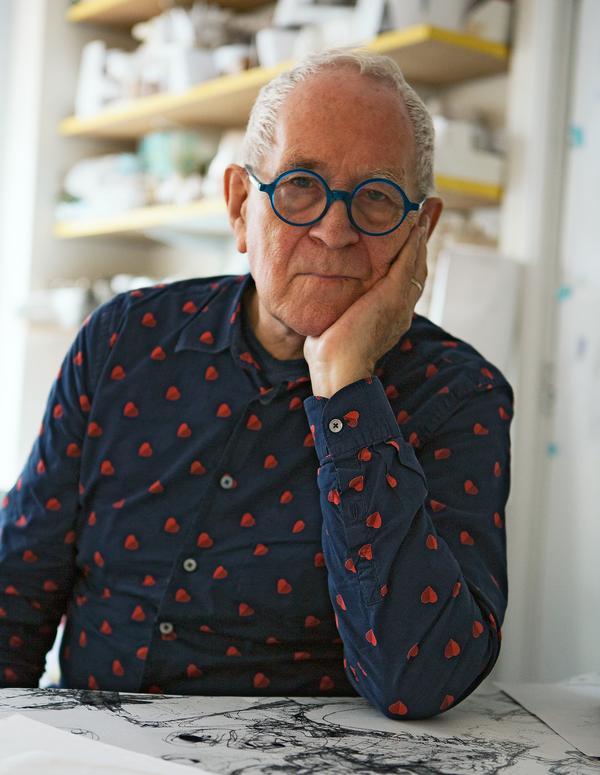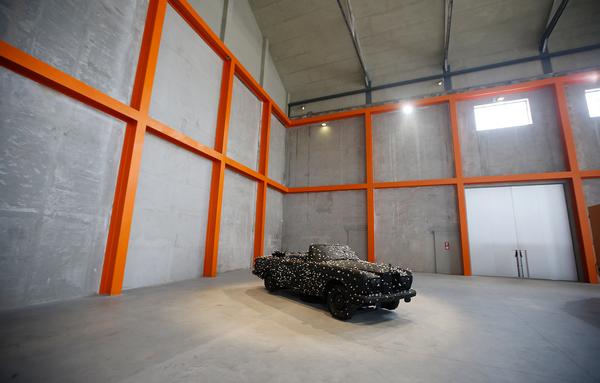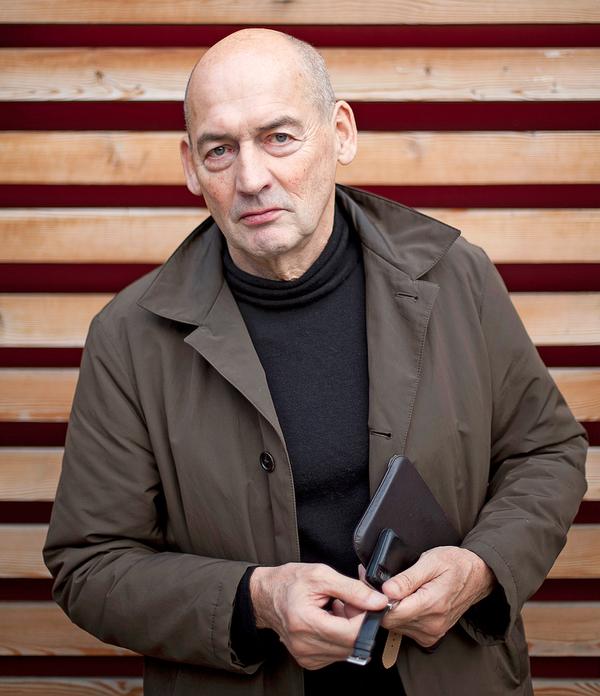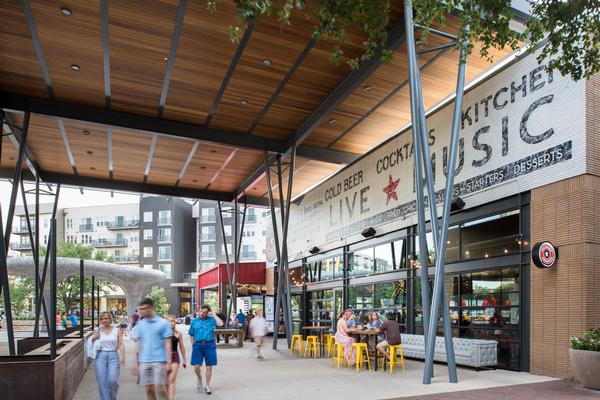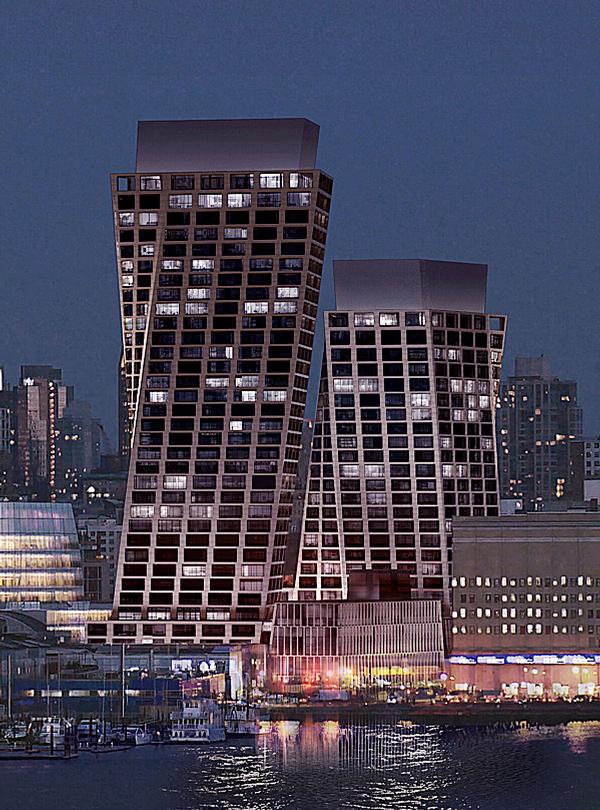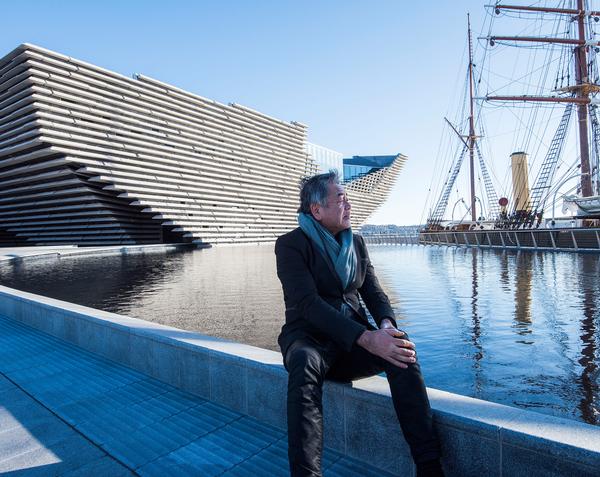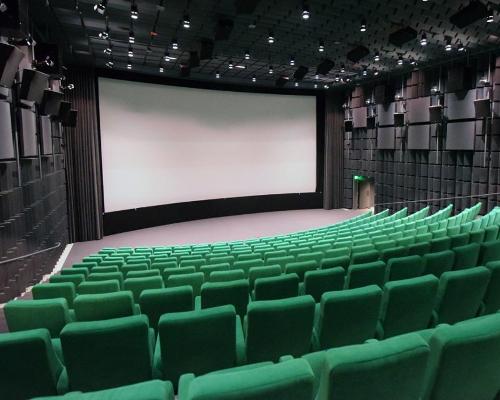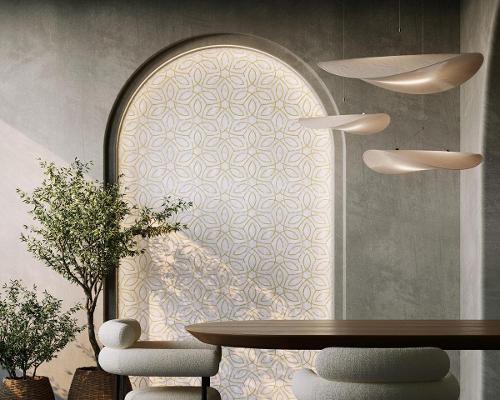How do you design an Olympic stadium? New exhibition explores style, structures and sustainability
The design and engineering of Olympic stadiums is the focus of a temporary exhibition opening today (13 October) at The Olympic Museum in Lausanne, Switzerland.
Stadiums: Past and Future explores the facilities cities have built to host the Games – from the Olympia in Ancient Greece through to modern architectural icons such as Frei Otto’s Munich Olympic Stadium and Herzog and de Meuron’s Bird’s Nest in Beijing.
Curated by Geraint John, senior advisor at sports architects Populous and former chief architect at the GB Sports Council, the multi-media exhibition considers the engineering innovations used to build flexible Olympic venues and the environmental, social and economic challenges of creating stadiums that can have a long-term positive impact on the city where they are built.
Possibilities such as temporary stadium building and stadium renovations are considered in a section exploring the sustainability of stadium design and the changing demands placed on Olympic facilities.
The London 2012 Games is used as a case study in long-term planning, with an interactive exhibit demonstrating how the infrastructure of the Games developed from the planning stages in the late 90s through to 2012, and how it will be developed, through schemes such as Olympicopolis, over the next 15 years.
The London Games are compared and contrast with the events organised by Sydney in 2000, Athens in 2004, Beijing in 2008 and Rio in 2016 to consider the approaches, successfully or less so, each city made to create a legacy.
“It is very important nowadays for the International Olympic Committee (IOC) to deal with questions like the heritage and legacy of the Games,” said Anne Chevalley, head of cultural and educational programming at The Olympic Museum, in an interview with CLAD.
“It’s time for us to talk about how we can integrate heritage into Olympic cities and to see that stadiums are not constructed for a couple of weeks of competition, but are an investment for many decades. We’re sensitive to this point and it’s our intention to express this concern in a visual way through the exhibition by asking what does it mean to build such a stadium in a city?”
Chevalley added that the exhibition is designed for members of the public, architects and representatives from cities considering bidding for the Games in the future.
“It’s interesting to see examples of former hosts; both good examples and those which were more difficult,” she said. “Building a stadium is a long, long process and involves very many people, so we have to look at what did and didn’t work in the past and see how we can improve.”
In addition to the exhibition – which runs until 7 May 2017 before travelling to London – the museum has opened a zone where children can masterplan their own Olympic city park using large colourful building blocks. It has also published an online game for children and a book called Olympic Stadiums on the subject.
Olympic stadiums Olympic Games The Olympic Museum architecture sustainability Lausanne sports design Populous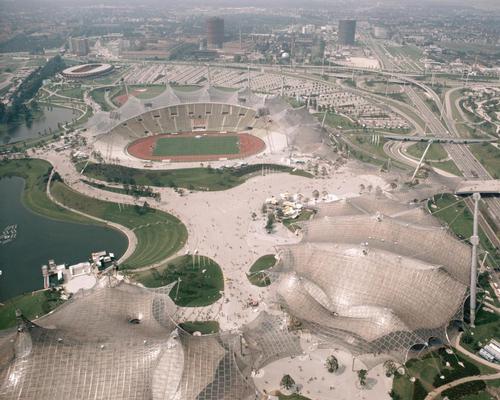

Europe's premier Evian Spa unveiled at Hôtel Royal in France
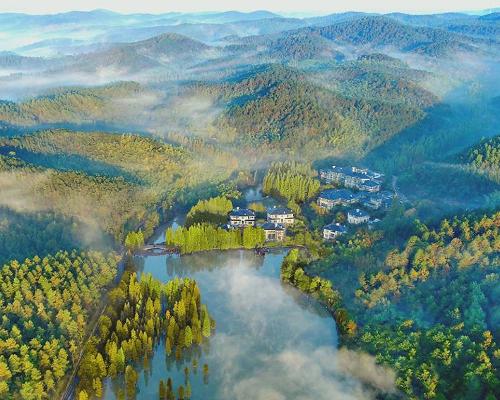
Clinique La Prairie unveils health resort in China after two-year project
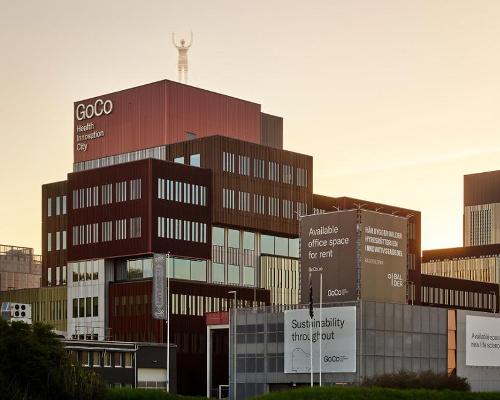
GoCo Health Innovation City in Sweden plans to lead the world in delivering wellness and new science
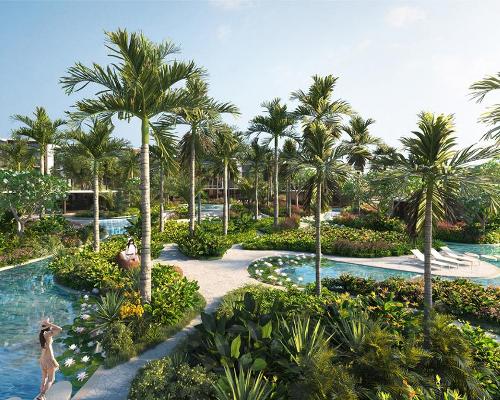
Four Seasons announces luxury wellness resort and residences at Amaala
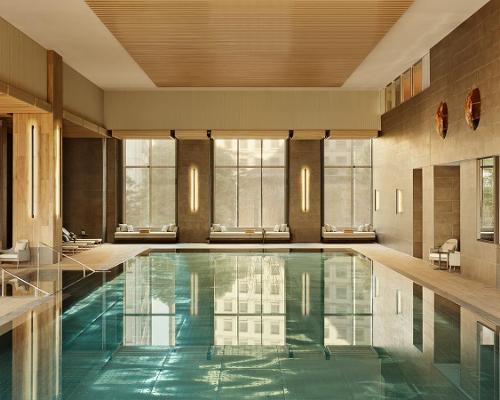
Aman sister brand Janu debuts in Tokyo with four-floor urban wellness retreat
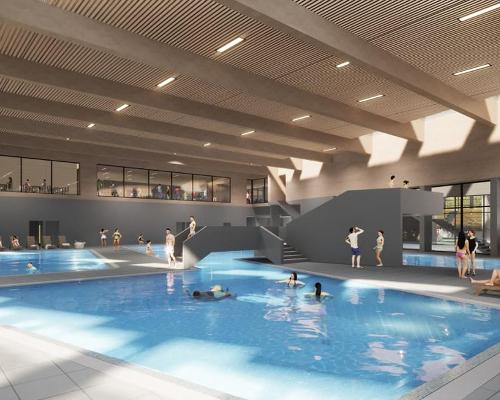
€38m geothermal spa and leisure centre to revitalise Croatian city of Bjelovar
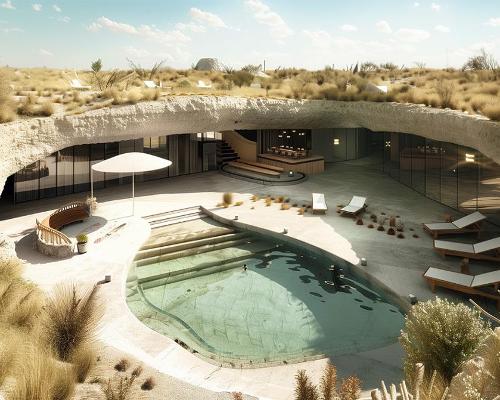
Two Santani eco-friendly wellness resorts coming to Oman, partnered with Omran Group
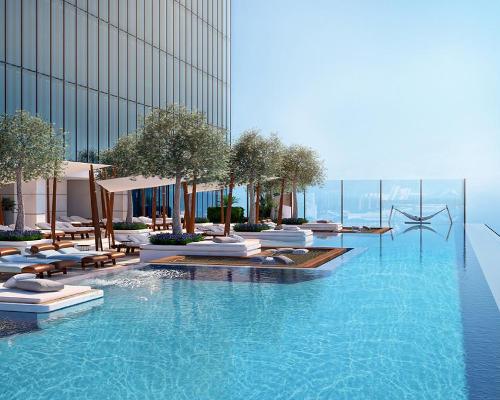
Kerzner shows confidence in its Siro wellness hotel concept, revealing plans to open 100
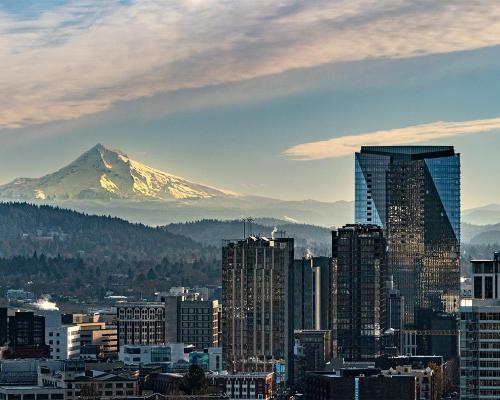
Ritz-Carlton, Portland unveils skyline spa inspired by unfolding petals of a rose
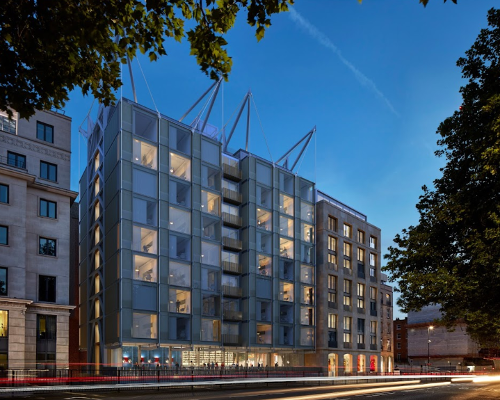
Rogers Stirk Harbour & Partners are just one of the names behind The Emory hotel London and Surrenne private members club

Peninsula Hot Springs unveils AUS$11.7m sister site in Australian outback

IWBI creates WELL for residential programme to inspire healthy living environments
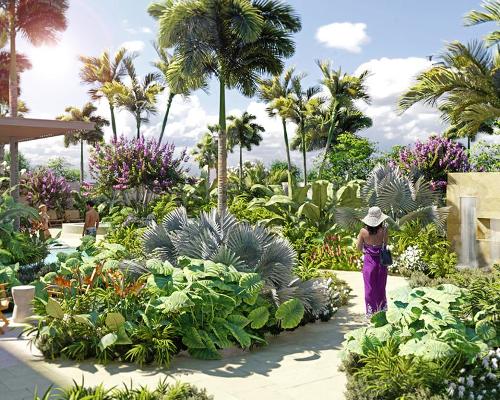
Conrad Orlando unveils water-inspired spa oasis amid billion-dollar Evermore Resort complex
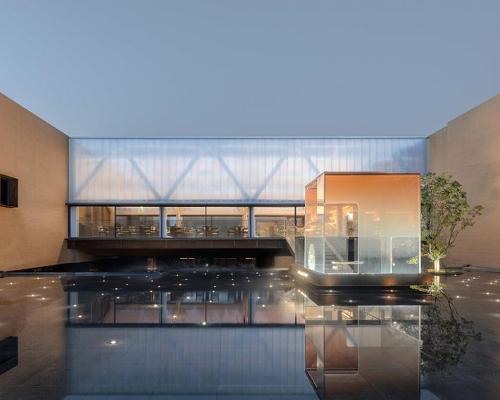
Studio A+ realises striking urban hot springs retreat in China's Shanxi Province
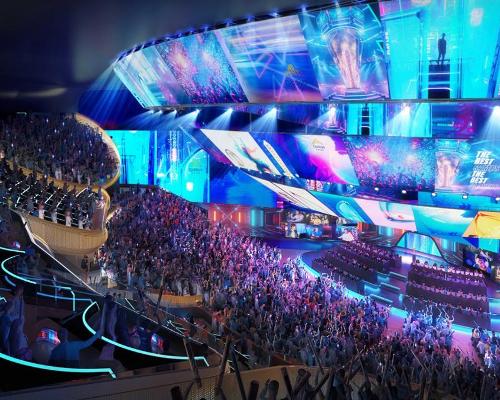
Populous reveals plans for major e-sports arena in Saudi Arabia

Wake The Tiger launches new 1,000sq m expansion
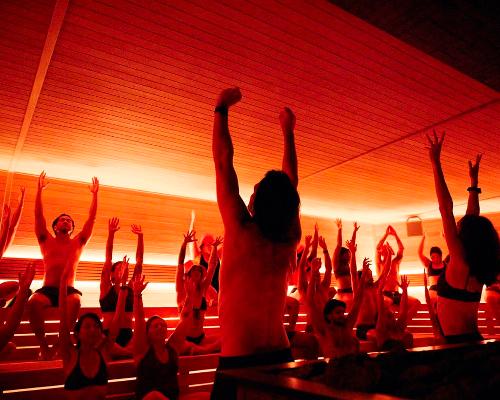
Othership CEO envisions its urban bathhouses in every city in North America
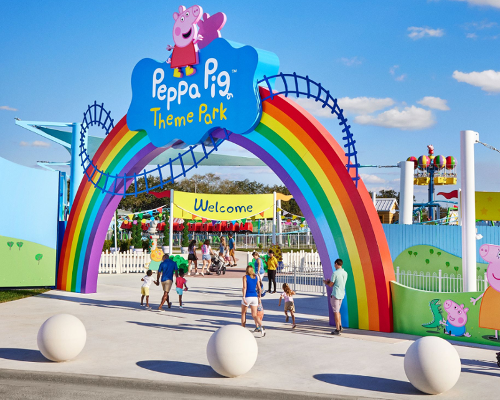
Merlin teams up with Hasbro and Lego to create Peppa Pig experiences
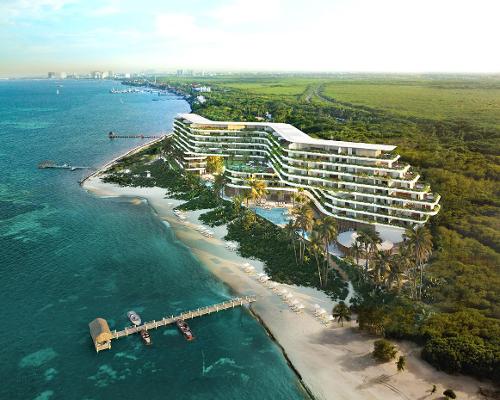
SHA Wellness unveils highly-anticipated Mexico outpost

One&Only One Za’abeel opens in Dubai featuring striking design by Nikken Sekkei
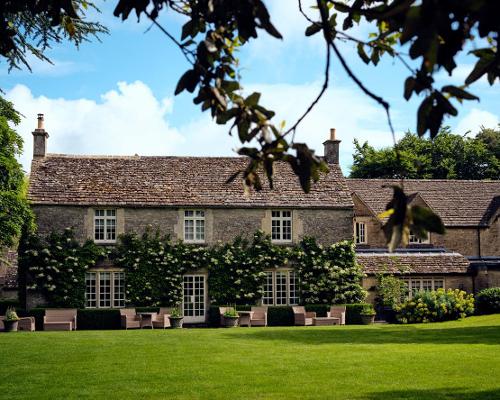
Luxury spa hotel, Calcot Manor, creates new Grain Store health club
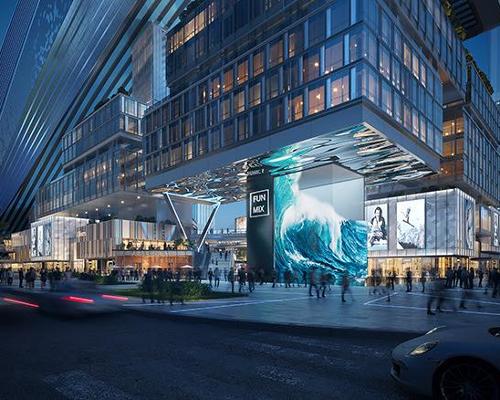
'World's largest' indoor ski centre by 10 Design slated to open in 2025
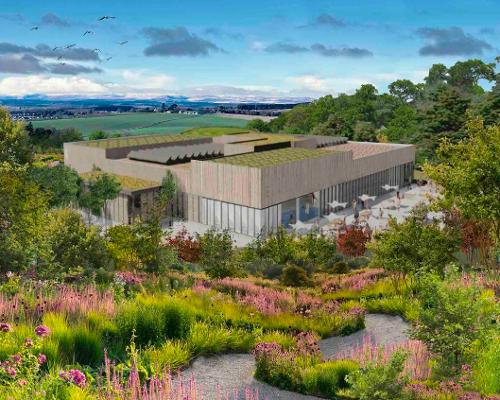
Murrayshall Country Estate awarded planning permission for multi-million-pound spa and leisure centre
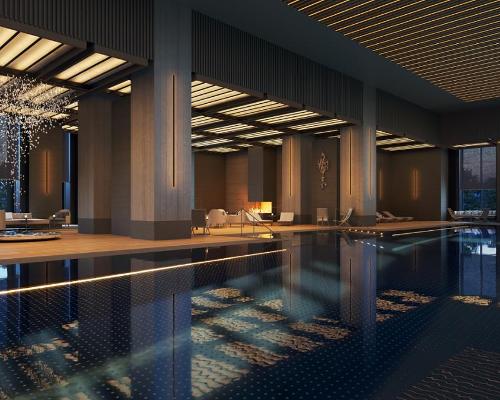
Aman's Janu hotel by Pelli Clarke & Partners will have 4,000sq m of wellness space
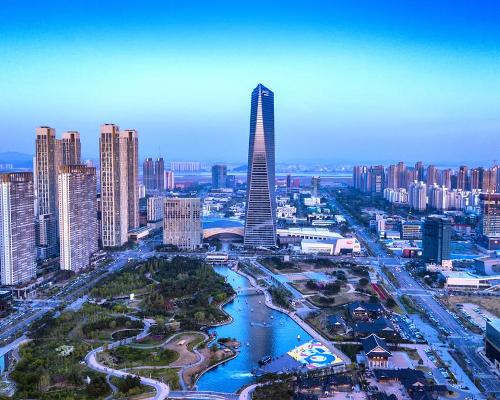
Therme Group confirms Incheon Golden Harbor location for South Korean wellbeing resort
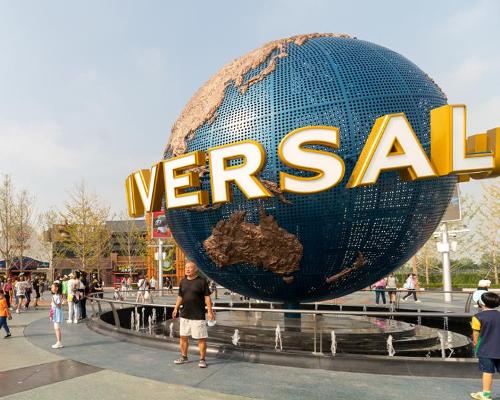
Universal Studios eyes the UK for first European resort
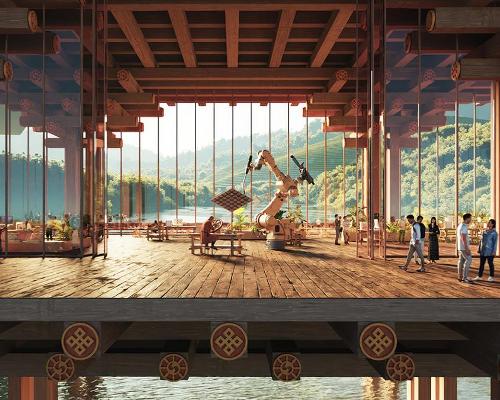
King of Bhutan unveils masterplan for Mindfulness City, designed by BIG, Arup and Cistri

Rural locations are the next frontier for expansion for the health club sector
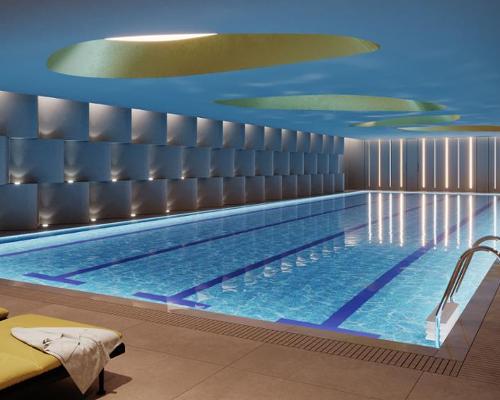
Tonik Associates designs new suburban model for high-end Third Space health and wellness club
